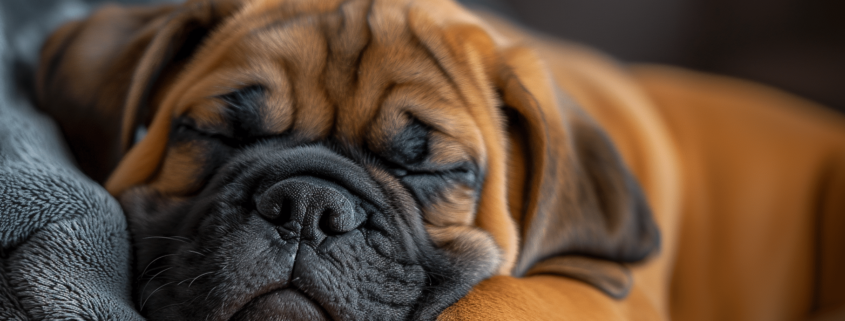Mastering Potty Training: A Guide for Pet Parents
Embarking on the journey of potty training your new puppy can feel like navigating uncharted territory. However, with the proper guidance and understanding, you can set your furry friend on the path to success. We sat down with Dan Rana, a seasoned dog trainer at Canine Advance Training Services in Las Vegas, NV, to glean insights into the fundamental principles and best practices for potty training puppies.
Meet Dan Rana:
Dan’s passion for canine behavior blossomed during his time in Texas, where he embarked on a journey to deepen his understanding of dog training and behavior. Now, with over a decade of experience and a pack of four adorable miniature dachshunds by his side, Dan brings his expertise to Pet Health, serving as our go-to resource for all things behavioral and training-related. For more information about Dan’s training services, visit his website at Positively Trained LV.
Fundamental Principles of Potty Training:
According to Dan, the cornerstone of successful potty training lies in structure and schedule. Establishing a consistent routine for feeding, play, naps, and exercise helps predict your puppy’s bathroom needs. The structure extends beyond time and encompasses activities and the environment, providing pet parents and puppies stability.
Common Mistakes to Avoid:
One of pet parents’ most common mistakes is granting their puppies too much freedom and time during potty training. Without proper supervision and boundaries, accidents are bound to happen. Striking a balance between freedom and supervision is essential to setting your puppy up for success.
Establishing a Consistent Routine:
Dan advises pet parents to create a potty log documenting their puppy’s bathroom habits throughout the day, including accidents. Consistency in daily routines simplifies the potty-training process and fosters a conducive environment for learning.
Click to Download Pet Health’s Potty Training Log
Reinforcing Good Habits:
Positive reinforcement is critical to reinforcing good potty habits and deterring accidents. Utilizing treats, praise, and affection when your puppy goes where and when you want them to help solidify desired behaviors. In the event of accidents, calmly redirect your puppy to the designated potty area to reinforce the desired behavior.
Recommended Methods:
Dan advocates for positive potty-training methods, emphasizing the importance of crate training when used appropriately. A crate or confined area can be valuable in reinforcing good potty habits and preventing accidents when pet parents cannot supervise their puppies.
Home Practices for Improvement:
Consistency is paramount in potty training at home. Maintaining a simple and consistent schedule for feeding, play, naps, and exercise facilitates your puppy’s understanding of bathroom expectations. An accurate potty log helps identify patterns and adjust the training approach.
Seeking Professional Help:
While potty training is a gradual process, pet parents should seek professional help if progress stagnates despite consistent efforts. Dan encourages pet parents to contact trainers for guidance and support, emphasizing patience and consistency as the keys to overcoming potty training challenges.
Mastering potty training requires dedication, patience, and a clear understanding of your puppy’s needs. By implementing the principles and practices outlined by Dan Rana, you can set your puppy on the path to potty training success and foster a strong bond built on trust and communication.





